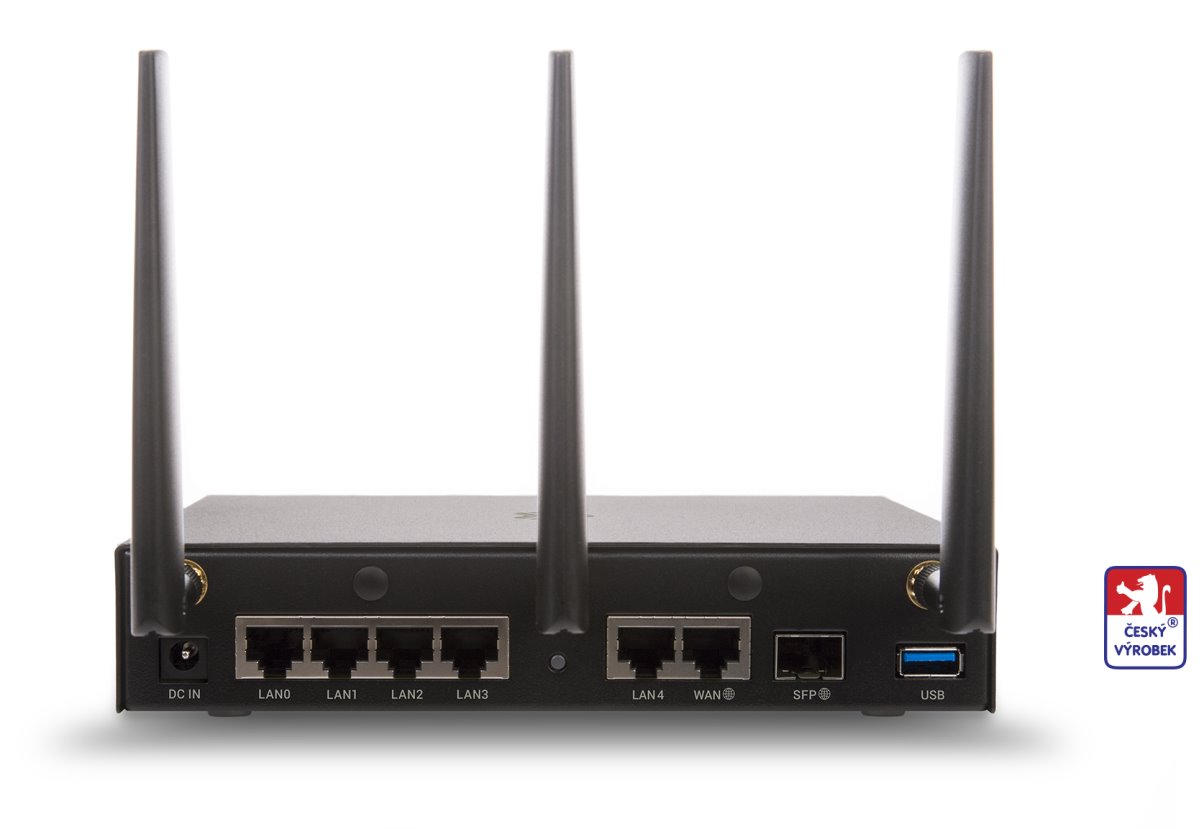You choice of course. But please don’t be so afraid. You claim to be a network engineer for a hoster and network operator. So you know this stuff.
But it looks to me as you prefer to spend even more money to get less. I’m just wondering which home-networking device will get your complicated VLAN configuration? And how much time you will need to set it all up from scratch on a completely new device, compared to a small chance of maybe needing to correct a small error in a migrated configuration.
Upgrade and it will most likely work. If its not, a glance at /etc/config/network will tell you what’s wrong.
Don’t be afraid. Its not Cisco, Zyxel, HPE or Aruba, where you need a couple of trainings and certificates to be able to just display the list of interfaces. Its Turris, which means, its OpenWrt, which means its Linux.
I choose to switch to Turris from HPE, Aruba and Zyxel at all of my customers networks.
Because its so easy, compared to the big names. Because performance and throughput is way better, because there is a community for support and not a call center of a multi-billion-conglomerate.
To my surprise even reliability is better, compared to e.g. Zyxel.
My Omnias are doing fine in Hotels, Bars, Coffee-Shops, Restaurants, Co-working spaces.
I use VLANS to separate public client networks with hundreds of devices from private point-of-sale systems, VoIP systems and admin-access and VPNs in each of them. That’s all about networking and nothing else. And I never needed any more documentation then what was available.
The only problem I had with the migration to 5x in March, was that I was not able to charge more then a half hour to my customers.
So yeah go on, spend more money and time, if it helps with you fear. 
P.S.
Forgot to mention the IPTV HD streaming for public viewings of bigger live sports events at the restaurant with up to five TV-screens, also trough a dedicated VLAN with IGMP multicast. All in sync.



 ISP arrives at one place in the flat. From there there are RJ45 cables to 3 different rooms.
ISP arrives at one place in the flat. From there there are RJ45 cables to 3 different rooms.